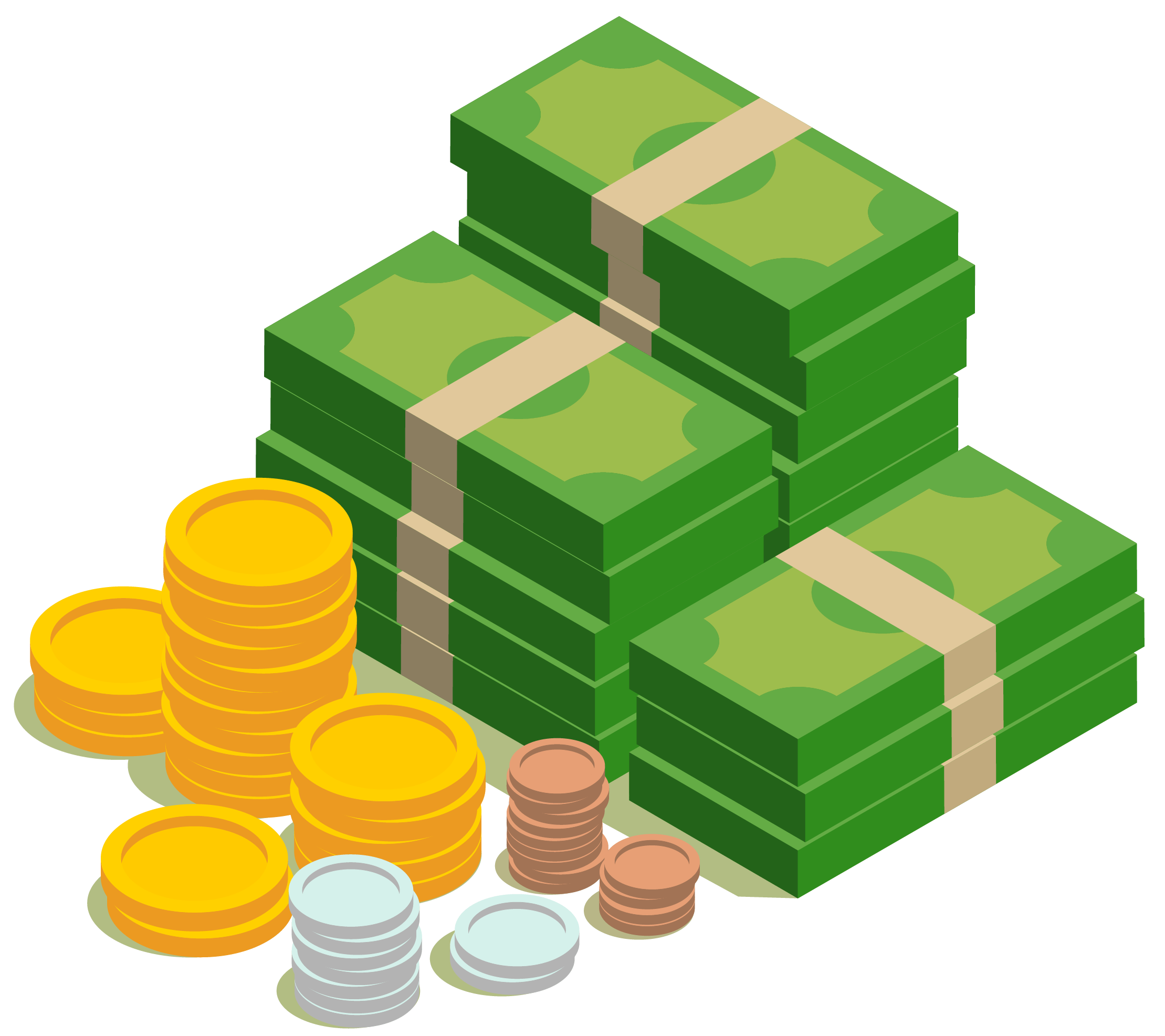Learning about your competition and determining how your business stacks up against their marketing strategies, is essential for any company’s success.
No matter if you are a part of a Fortune 500 company or a small startup, competitive analysis is a smart way to look for areas of opportunities and improvement. But How, you ask?
Well, one way to analyze your competition and know your position in the market – is to apply Porter’s Five Forces model.
Forged by a Harvard Business School professor- Michael Porter in 1979, is considered to be a macro tool in business analytics. It looks at the market’s economy as a whole and helps you directly assess an industry’s profit potential for an “average” firm.
“A healthy industry structure should be as much a competitive concern to strategists as their company’s position.–Michael Porter”
But the way you practice this approach on your own business depends upon the nature of your industry.
Once you perceive these economic principles, you can easily extract insights from the model that fits into your unique condition and apply them to your business.
So, let’s begin with learning about how the 5 structural forces shape the overall industrial anatomy and why they are important for effective decision-making, and building an engaging competitive strategy for the future.
Understanding Porter’s 5 Forces
If you haven’t been conducting a periodic competitor analysis, don’t worry, We are about to give you guys the keys to the kingdom of awesome competitive analysis with the help of Porter’s 5 forces technique!
Let’s dig in!
The five forces in Porter’s model, that shape the market competition are:
- The threat of new entrants
- Bargaining power of suppliers
- Bargaining power of buyers
- The threat of substitutes
- The intensity of competitive rivalry
Force #1: The Threat of New Entrants
This force considers how easily other companies could enter your niche market and threaten your company’s position quickly and cheaply. Can they sell their minimum workable product that is, a product with enough features to satisfy real-time consumers, at a lower price than you? As a result, they could potentially sabotage your established market share and threaten your position in the industry.

According to the Kauffman Index, over 550,000 new businesses are established each month in the US alone.
The frequency of these new players setting a foot in the current market depends on your industry’s entry barriers. If it costs extra money and time in building a minimum viable product, new businesses will only be able to afford to build a crude product. The main differentiating factor would be a slightly cheaper price.
So, you need to step ahead with your industry entry barriers and shield yourself from the competitors!
These entry barriers include:
- Absolute cost benefits
- Strong brand identity
- Access to inputs
- Expensive permits
There could also be entry barriers in the market such as an increased level of production which is based on the size of the company and license requirements that keep the less-committed out of the game.
These types of powerful barriers for entry can prevent new entrants from entering your niche market. So, ask yourself, can an average startup easily jump into your industry?
Force #1 Take Away: The easier it is for a new competitor to gain entry, the more risk is it for you to gain or maintain market share for your business.
Read more: The Ultimate Guide To Sales Enablement Content
Force #2: Bargaining Power of Suppliers
The quantity of suppliers in your industry directly affects the ability to control the prices of your company. If the number of suppliers is less, each supplier holds the power of demanding price, because if a customer doesn’t agree with your prices, they can easily find someone else who will.
And when your suppliers have more bargaining power, you tend to compete for more of your resources. If the supplies that your company requirements can be increased without you able to look elsewhere, then your product cost will be higher.
Strong suppliers can squeeze industry profitability if companies are not able to recover from cost increases. According to the industry economics- the bargaining power of suppliers is HIGH in case of:
- Switching cost of the buyers are high
- Availability of the substitute products is low
- The concentration of the supplier relative to buyers is high
- The importance of customers to suppliers is high
The bargaining power of the suppliers also helps in assessing the number of raw materials and other necessary resources that are important for your business to run. So, the crux of this force is- lesser the availability of suppliers, the more the power they have.
Force #2 Take Away: Businesses are in a better state when there are multiple suppliers in the market.
Read more: What is SWOT Analysis: The Complete Guide
Force #3: Bargaining Power of Buyers
On the other end, if there are a ton of buyers in your market, the bargain they hold is significantly less. Since the companies depend on buyers to generate leads and thus revenue, they must stick to their customers’ demands. If they don’t, these customers will shift their business to one of the other competitors who are willing to sell their products at a lower price.
But the number of powerful customers in some markets is usually less. Therefore in some cases, buyers rely on the company to purchase necessary products or services and they have to accept the prices the company set. In this scenario, customers won’t be able to buy the goods/service anywhere else. Companies can easily sell to other customers who are willing to pay a generous penny.
So, buyers compete by bargaining down costs, forcing higher quality and competing firms in price wars. According to this model, the bargaining power of buyers is HIGH in the following cases:
- Importance of company’s input to quality of buyer’s final product is low
- The extent of buyer’s profits is low
- The Concentration of buyers to companies is high
- Switching costs are low
Make sure that you stay away from industries where the buyers have all the pricing power. These types of industries have an imbalanced marketplace such that the businesses have to work harder on providing services to their customers.
Force #3 Take Away: Businesses tend to generate more revenue if the customer holds the bargaining power.
Read more: The Definitive Guide To Brand Style (Template Included)
Force #4: The Threat of Substitutes
The fourth force in the model is the threat of substitute products. This measures how easy it is for buyers to shift from a companies’ product or service to that of a competitor. It inspects:
- Number of competitors in the market
- Price differences
- Quality comparison
- Profit those competitors are earning
All of these measurements will help you determine if the competition can lower costs any further.
The threat of substitutes is judged by changing costs, both immediate and long-term, as well as a consumers’ will to switch from one product to another.

The food industry has a high threat of substitution. Buyers could substitute an inferior product like pork to a more expensive product like beef because- the price-quality relationship of a competing product like beef compared to an average quality product like pork will reduce, resulting in a high threat of substitute products.
So, you’ll always have to keep momentum and brand loyalty on your side if you’re one of the first enterings in your niche market, you have to put more effort to make your product “sticky” to consumers as they will have plenty of choices.
Force #4 Take Away: Customer’s will of switching to a substitute product decreases with stringent brand loyalty.
Force #5: The Intensity of Competitive Rivalry
Competition plays a significant role in the industry’s revenue generation. The potential to produce a high return on investment and the ability to attract new entrants can increase competition. If the competition is high in your industry, it’s harder to yield profits and if there’s less competition, it’s easier to turn a profit.
High competition means customers have a pool of options to choose from. If you have high prices, customers can just strike a deal with another company who is willing to sell at a lower price.
In other words, customers typically hold more power than companies in a competitive market. This forces the company’s to undercut each other’s prices until their revenue barely exceeds their production costs. By dropping their profits it discourages new businesses from entering the market.
There are various ways of intense rivalry across businesses. It could be in advertising battles, price competition, research & development, etc. According to Porter’s model, the intensity of competitive rivalry is HIGH in these scenarios:
- The number of competitors is high
- Switching costs are low
- Exit barriers are high
- The industry growth rate is low
Keep in mind, businesses that are difficult to dissolve tend to stick around longer whether they’re doing well or not. So, keep pushing forward!
Force #5 Take Away: Businesses that are difficult to liquidate tend to stick around longer, no matter how they perform in the industry.
Read more: Top 9 Customer Service Software For Small Businesses
Time to Implement Porter’s 5 Forces to Your Business
Once your competitive analysis is complete, it’s time to implement a well-equipped strategy to expand your business horizons. Your goal should be to increase market share by reducing the sales price while retaining profits.
If you are already in the market, a little barrier to entry would help you with protecting your business and give you fewer competitors to worry about!
Successful implementation requires selecting niche markets in which you can sell your goods and requires an intense understanding of the marketplace, its buyers, sellers, and competitors. But you still have to measure how quickly the industry is growing and the number of competitors your industry can handle!
So, its time to move your business on a better scale with a help of Porter’s 2 force analysis and let us know the do’s and don’t’s in the comments section below or tweet us at @elink_io!
Further reads:
- Fast-Growing Online Business Ideas To Watch Out For
- What Is Competitor Analysis And How To Do It Right (Template Included)
- Top 5 Business Process Management (BPM) Tools
- The Beginner’s Ultimate Guide To Sales Prospecting

Related posts
Bit.ai | Watch to Learn More
What is Bit.ai?
Bit.ai is an innovative AI-driven knowledge and Document Managment suite designed to empower knowledge workers by streamlining the creation of, documents, wikis, and notes. With an intuitive interface and seamless integration, Bit.ai acts as a versatile assistant to help you collaborate, generate, organize, and visualize your ideas effortlessly. Whether you are drafting a report, managing a project, collaborating with your team or clients, or brainstorming new concepts, Bit.ai brings intelligence and creativity to every aspect of your work process.



